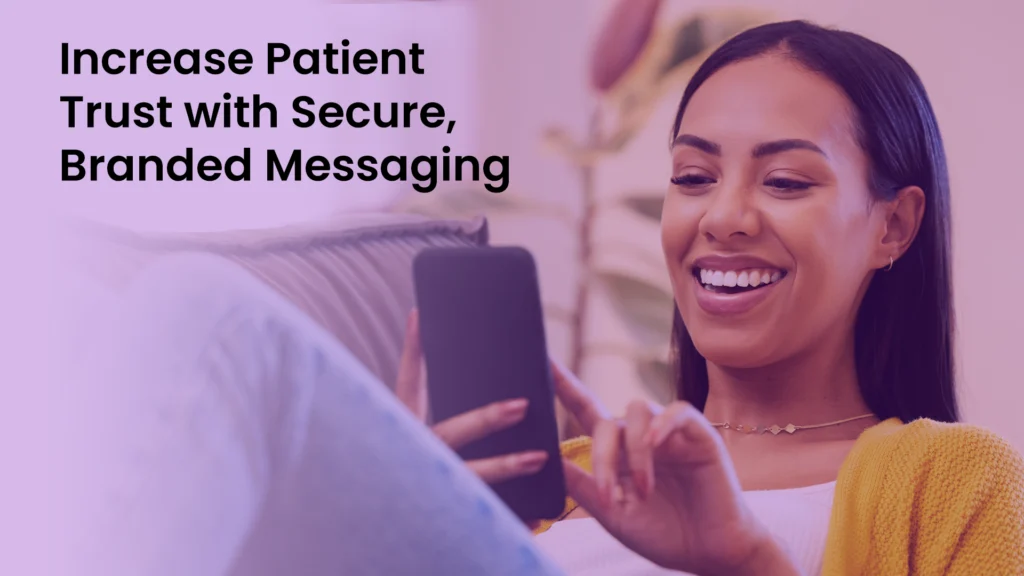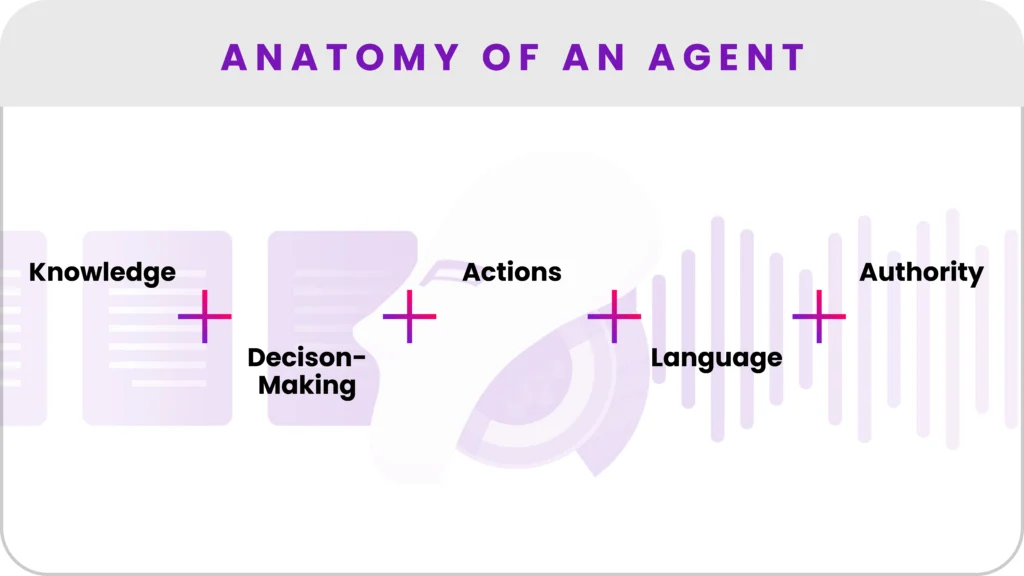If you already have messaging through your EMR, do you really need a dedicated patient communication platform?
In short, yes.
According to research published by KLAS and the Center for Connected Medicine, the majority of health system CIOs say they still need third-party tools to fill patient engagement gaps in their EMR vendors’ offering.
A fully-integrated patient communication platform enables you to converse with patients without requiring them to download an app, log in to a portal, or call on the phone. Here’s why finding the right one is essential to meeting your 2020 patient engagement goals.
Allow your patients to respond
Most texting solutions provided by the EMR say they provide conversational messaging. But really all that means is that patient responses — “Y” for yes and “N” for no — are recorded in the EMR.
What if patients have questions? What if they need directions? They have to pick up the phone and call, wait on hold, and get transferred to the person who can answer. This wastes valuable time for your patients and for your staff.
A communication software that integrates with the EMR enables true conversational communication — allowing patients to respond with more than a Y or N.
Blend automations and human interaction
Sophisticated patient communication platforms seamlessly blend automations and human interaction. For example, when patients ask routine questions, such as “Where are you located?” automations can send a map and directions.
For more high-value encounters, staff can triage the communication and respond immediately. Imagine a patient confirms her appointment and also mentions she’s having premature contractions. Staff receive the message in real time and can alert a nurse or physician to reach out to the patient directly.
Send messages from your practice number
Messages sent from the EMR’s texting platform usually come from a short code, not your practice number. That means patients won’t recognize the number and may be less likely to view the message and confirm or cancel their appointment.
Instead, use a software that text-enables your practice landlines. When patients receive messages from your health system, they’ll see a familiar, trustworthy number.
Reserve the patient portal for non-urgent clinical messaging
The KLAS report also found that 82 percent of CIOs said the patient portal was one of their top patient engagement strategies but as few as 35 percent of patients actually use it. Other studies have generated similar or even more disappointing results, especially in rural and low-income communities.
Here’s why — patients don’t want another app to download or set of login credentials to remember. And if they have limited access to technology and reliable internet, they’re even less likely to use the portal.
Somewhat more troubling, a study published in the Journal of General Internal Medicine in 2019 found that only 66 percent of hospitals had secure messaging through their portals, and most did not describe appropriate patient messaging conduct. That means patients learned how to create accounts but didn’t necessarily understand that the portal isn’t for emergency communication.
The result is that patients use the portal to say things like, “I’m bleeding, and it won’t stop,” with potentially life-threatening outcomes.
Leave the portal for non-urgent clinical communication. But for everyday interactions, communicate with patients in a way that works best for them and ensures you receive the message in real-time.
Unite communication into one platform
Text messaging through the EMR sends only scheduled automations, such as appointment reminders. Messaging through the EMR’s patient portal allows one-off patient messages from providers.
But what about all of the other sources of communication your patients receive from your health system? How about billing? And forms? And ride-sharing? Chances are, communication from each department and third-party vendor occurs from a unique phone number and in a different channel.
That means that your staff have no idea what messages a patient is receiving from these other sources. A patient could receive a dozen different messages about a single appointment.
Instead, unite all messaging in one platform. This way, patients receive all of their healthcare communication from one trusted source. It gives your staff insight into what interactions your patients are having across the board. And it keeps patients from being inundated with messaging or having to repeat themselves.
WELL is the leading patient communication platform
The EMR may provide limited text messaging capabilities. But for regular patient interactions, healthcare systems need a patient communication that allows for real-time conversation in a single, transparent channel. WELL facilitates conversational messaging between more than five million patients and their health care providers every year. And we’re trusted by the leading healthcare systems in the country. ♥



